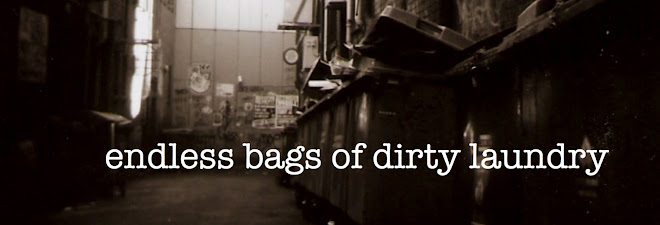But I reckon feet are alright. In fact, lately I've had a tendency to point my lens towards the floor and capture just the bottom half of people. I only really noticed it when I took all those photos of the beautiful children in my life, but actually it extends beyond cute mini feet. The top photo is probably my favourite of these ones. We see great legs with a gorgeous grey tone against the bright white heels. The floorboards add a great texture and don't look like a typical dance floor. (It was a house party.)
The thing I wonder about all of these photos is, how much would I like them if they included the whole bodies and faces of the subjects? Take the first one: if I had Maydia's face in the photo then it would almost certainly be a more animated image, but seeing as it was late at a party there's always the chance it wouldn't be flattering. Whereas here the focus is entirely on her legs and feet - which look fantastic, and would regardless of the time of night. And the mere exclusion of heads and faces means that the photo is automatically less conventional, which I find interesting.
In all of these photos we are forced to look more closely at the details in order to find out about these people. In the second, we can see several people and lots of cords, a bit of a guitar, plus a mic stand. So it seems that it's a band, but the fact that it's on carpet and there are quite a few people standing closely together throws it off a bit - it's not a stage per se, so where is this? What is going on? If the people were shown in full we would be able to tell who is in the band and who isn't, and we'd be able to see the background and perhaps get a better idea of where it is. As it is, though, I like the element of the unknown.
The position of the feet in the third photo lets us know that whoever it is is relaxing, and if we look closely we can see a bottle of wine on the concrete: not a lot of information, but enough to convey a pretty strong sense of leisure. And again, the white shoes against the dark background stand out beautifully on the black and white film.
The final photo is a lot less cryptic, in that it's a relatively classic image of a rock and roll band. But if we ask the above question - what would the photo be like with faces included - I realise why I like it so much more with just legs and feet. See, faces automatically draw your attention. That's great - I mean, I adore portraiture - but what that also means is that your attention is being taken away from other details in the photo. When you don't have that distraction, you have to build personality and narrative from other elements. So we see boots/shoes, dark jeans, cords, mic stands, beers, a coffee cup, floorboards and natural light. So it's during the day, but they're drinking beers. There is also a coffee cup, which implies they may have been there for a while - or perhaps someone's hungover. They're standing in a line, so it would appear they're performing. But the floorboards and the ramp and rug in the background don't really look like they belong to a conventional stage. So what's going on?
Maybe with the absence of the complete picture, so to speak, there is no way to know exactly what is going on (not that full bodies and faces tell you everything, of course - but they certainly tend to tell you a lot more than feet). So instead of being presented with a photo that is relatively easy to interpret - a narrative - we are faced with something closer to a feeling. And while photos that tell an unambiguous story can be wonderful, it's also nice to appreciate a less straightforward image, where you're forced to think, and where the imagination might be able to come up with a story much more fascinating than the reality of the scene.






No comments:
Post a Comment